As the ensemble releases a new Haydn recording, the Chiaroscuro Quartet looks back on twenty years of daring contrasts and expressive clarity
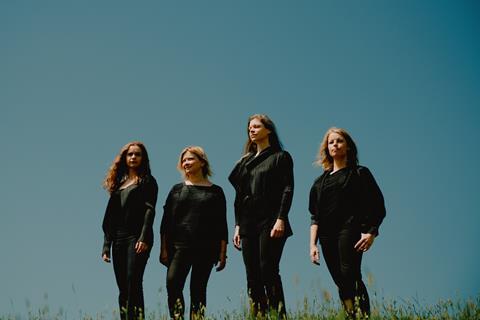
Discover more Featured Stories like this in The Strad Playing Hub
Named after the painting technique that plays with extremes of light and shadow, the Chiaroscuro Quartet has spent two decades illuminating 18th- and 19th-century chamber music with raw immediacy and tonal daring. Performing on gut strings with period bows, the ensemble relishes contrast – not just in timbre and texture, but in temperament and tension. Their interpretations are known for being bold, searching, and occasionally combustible.
With members based in different countries, the group has sustained its shared identity through constant dialogue – musical and personal. Violinists Alina Ibragimova and Charlotte Saluste-Bridoux, violist Emilie Hörnlund, and cellist Claire Thirion mark their 20th anniversary with a new recording of Haydn’s Op. 33 Quartets Nos. 4–6 – works they see as playful, radical and deeply human.
In keeping with the ensemble’s tight-knit artistic dynamic, the members chose to answer the following questions together, speaking with one voice. Their reflections touch on origins, process, humour, hardship, and the ongoing conversation that shapes their sound.
What originally brought the four of you together? What do you think has kept the group artistically vital over two decades?
Chiaroscuro Quartet: The quartet was originally formed in 2005 at the Royal College of Music, where we were brought together for a special project in celebration of Mozart Year. We were assigned as a classical quartet and had the privilege of being coached by Sir Roger Norrington. Our performance opened a concert in which he conducted the orchestra in the second half. That experience was both inspiring and formative; there was an immediate musical connection between us, and a shared sense that something meaningful had begun. We decided quite naturally to continue working together.
From the beginning, we’ve been united by a deep respect for the repertoire and the search of all the expressive possibilities but perhaps even more important than any specific repertoire or approach has been the trust and openness we’ve built as a group. We challenge one another, we evolve together and we’re always searching for something deeper in the music.
There’s a shared commitment to exploration and a respect for the works we play that continues to shape our identity. Our artistic language has naturally developed over time, but the process remains rooted in dialogue – both within the quartet and with the music itself. Each performance is a chance to look at the work anew, and that sense of continuity and renewal has been central to our journey.
Was there a specific piece of music that inspired your name? How does it tie in to your mission?
Chiaroscuro Quartet: Yes – our name was directly inspired by the piece we first played together: Mozart’s ‘Dissonance’ Quartet, K. 465. During our very first coaching with Sir Roger Norrington at the Royal College of Music, he spoke to us about the concept of chiaroscuro – borrowed from the world of painting – as a way to understand contrast and expression in classical music. He encouraged us to embrace the extremes, to bring out light and shadow in our playing, and to search for meaning in the tension between them.
That idea of contrast – of expressive opposites held in balance – resonated deeply with us. It has remained a guiding principle ever since, both in how we approach interpretation and in our exploration of sound through period instruments. The name ‘Chiaroscuro’ felt like a natural reflection of our musical identity: rooted in tradition, but always searching for nuance, surprise and emotional depth.
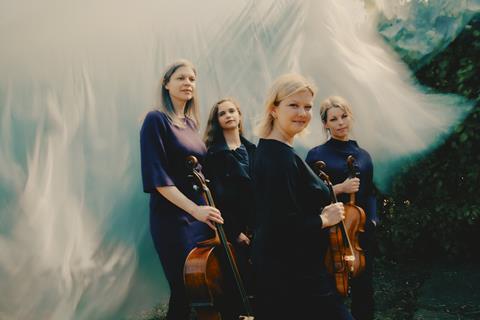
‘Chiaroscuro’ felt like a natural reflection of our musical identity: rooted in tradition, but always searching for nuance, surprise and emotional depth.
What is Chiaroscuro’s proudest achievement?
Chiaroscuro Quartet: For us, it’s not about prestigious awards or performing in renowned concert halls – though those moments are certainly of importance to us. What we are most proud of is that, despite the logistical challenges of living in different countries, we continue to prioritise the quartet. That ongoing commitment to making music together feels like our greatest accomplishment.
How about the ensemble’s greatest challenge?
Chiaroscuro Quartet: That closely relates to the previous question. One of our biggest challenges is the amount of travel we do – it can be exhausting at times. Playing on gut strings also brings its own set of difficulties; they’re more sensitive to changes in humidity and temperature, so we occasionally deal with strings breaking or going out of tune during performances. They’re small trade-offs for the richness and expressiveness we get in return.
Haydn has long been a cornerstone of your repertoire. Why did you choose the continuation of the Op. 33 quartets to mark your 20th anniversary recording?
Chiaroscuro Quartet: Haydn has always been central to our identity as an ensemble, so continuing the Op. 33 quartets felt like a natural way to celebrate our 20th anniversary. His music is endlessly rewarding to play; full of invention, wit and emotional depth. Each quartet opens up a world of interpretive possibilities, and it’s a joy to explore that together.
The so-called ‘Russian’ quartets are often considered a more ‘accessible’ Haydn. What interests you most about this landmark set of Haydn quartets?
Chiaroscuro Quartet: What interests us most about this set of quartets is Haydn’s extraordinary ability to create music that feels truly conversational. Each instrument plays a distinct role in a lively, often playful exchange, full of wit, subtle surprises and spontaneous energy.
While these quartets are often described as more ‘accessible’, that accessibility only highlights how masterfully Haydn works within the Classical form. The clarity of his writing allows the humor, charm, and inventiveness to shine through, whether in the false endings of Op. 33 No. 2 (‘The Joke’) or the unexpected phrase structures and harmonic twists that appear throughout the set.
There’s a freshness and sense of mischief in this music that feels just as engaging today as it must have in Haydn’s time. In moments like the finale of ‘The Joke’, where the music teases the listener with silence and surprise, one can’t help but smile. We still remember how thrilled we were the first time an audience clapped after the false ending – as Haydn most likely intended. It created a moment of connection that broke the expected concert ‘rules’ in the most delightful way. This is entertainment in the best sense: clever, joyful, and deeply human.
As a group, we’re drawn to how these quartets invite both performers and audiences into a shared musical conversation – one that’s rich in character, endlessly inventive and full of life.
Your interpretations are known for their bold contrasts and historically informed approach. How does the sound world of gut strings and original bows deepen your connection with Haydn’s music, especially in Op. 33?
Chiaroscuro Quartet: Haydn plays constantly with expectations – sudden silences, surprising harmonic turns, rhythmic playfulness. His music thrives on contrast and communication, and playing it on gut strings with classical bows brings us closer to that spirit.
Gut strings give us access to an extraordinary range of sounds – from a pure, almost transparent tone that lets the harmony shine through, to something much rougher, raw, even violent, with a strong sense of texture. Their flexibility and sensitivity require careful listening and a real-time response. You can’t simply impose your interpretation – you have to work with how the string wants to speak.
This creates a different kind of interaction: more alert, more spontaneous. It sharpens our awareness not just of our own instruments, but of one another. It becomes a genuine conversation, full of risk and discovery, which feels deeply connected to the world of Op. 33.
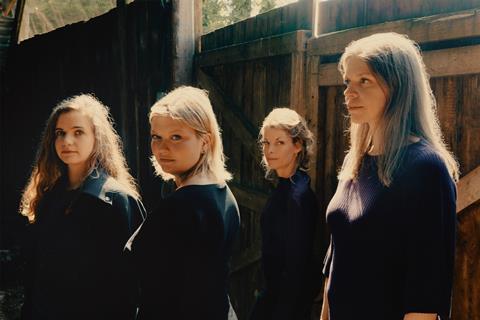
You’ve previously recorded Op. 20 and Op. 76. In what ways do you hear Op. 33 as a bridge between these standard-setting works?
Chiaroscuro Quartet: Op. 33 feels like a fascinating middle ground between the earlier Op. 20 and the later Op. 76 quartets. Op. 20 is full of classical elegance, with clear structures and a certain playfulness, while Op. 76 dives deeper into complexity and more emotional depth. Op. 33, for us, strikes a balance between these two worlds. It has the clarity and charm of Op. 20, but with more adventurous harmonic choices and a sense of freedom in how the movements unfold – things we continue to see in Op. 76.
There’s also a wonderful sense of play and wit that we find in both of those earlier quartets, yet Op. 33 introduces new textures and a slightly more developed approach to dialogue between the instruments. It’s almost as though Haydn is testing the waters for what he’ll fully explore in his later works, and for us, playing it feels like stepping into that exciting transition.
What’s on the horizon ?
Chiaroscuro Quartet: Looking ahead, we’re hugely excited for our summer season. We’re continuing our Beethoven cycle – having just recorded the first two Razumovsky quartets and heading back into the studio for more very soon.
Performance-wise, we’ll be at the West Cork Chamber Music Festival, where we’re particularly looking forward to playing Haydn’s Seven Last Words, with new texts written specially for the occasion by the wonderful Paula Meehan. From there, it’s straight to Musikdorf Ernen, where we’ll be performing 13 works in just 45 hours – quite the marathon.
Alongside our Beethoven journey, we’ll also be appearing at Wigmore Hall in London and the Concertgebouw in Amsterdam. And in December, we’ll be joining forces with the Consone Quartet for a performance of Mendelssohn’s Octet at the Barbican.
Read: Session Report: the Chiaroscuro Quartet on Mozart’s ‘Prussian’ Quartets
Read: Review: Chiaroscuro Quartet: Haydn
Read: Chiaroscuro Quartet announces new violinist
Discover more Featured Stories like this in The Strad Playing Hub
The number one source for playing and teaching books, guides, CDs, calendars and back issues of the magazine.
In The Best of Technique you’ll discover the top playing tips of the world’s leading string players and teachers. It’s packed full of exercises for students, plus examples from the standard repertoire to show you how to integrate the technique into your playing.
The Strad’s Masterclass series brings together the finest string players with some of the greatest string works ever written. Always one of our most popular sections, Masterclass has been an invaluable aid to aspiring soloists, chamber musicians and string teachers since the 1990s.
The Canada Council of the Arts’ Musical Instrument Bank is 40 years old in 2025. This year’s calendar celebrates some its treasures, including four instruments by Antonio Stradivari and priceless works by Montagnana, Gagliano, Pressenda and David Tecchler.

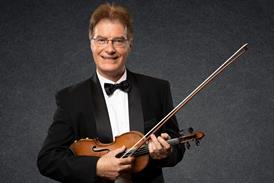
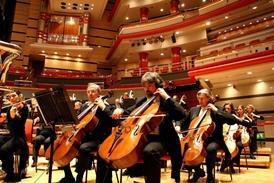
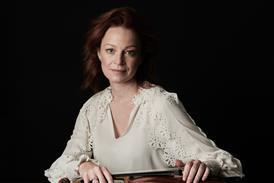
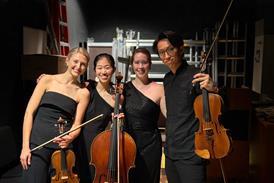
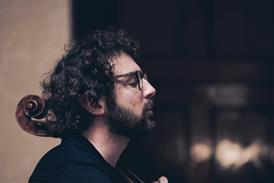
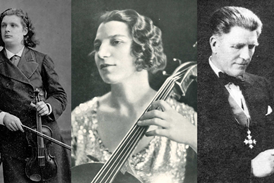
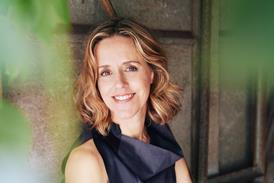

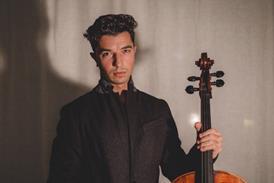
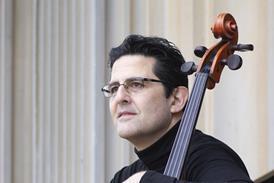
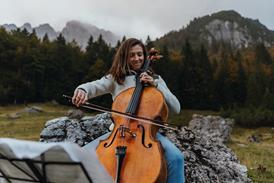
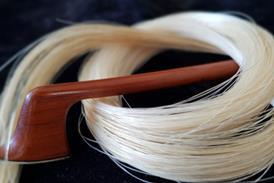
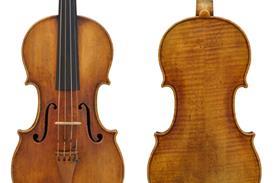
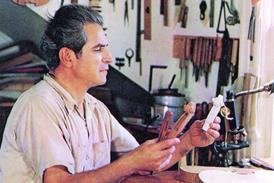
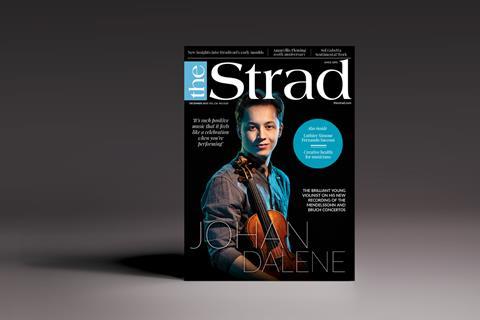
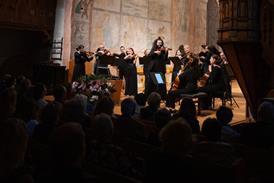

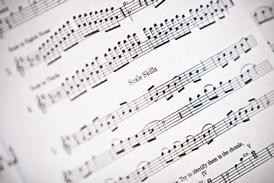
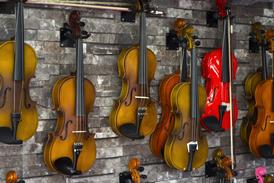

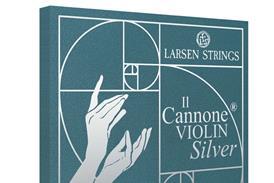
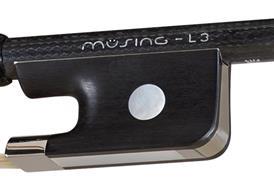
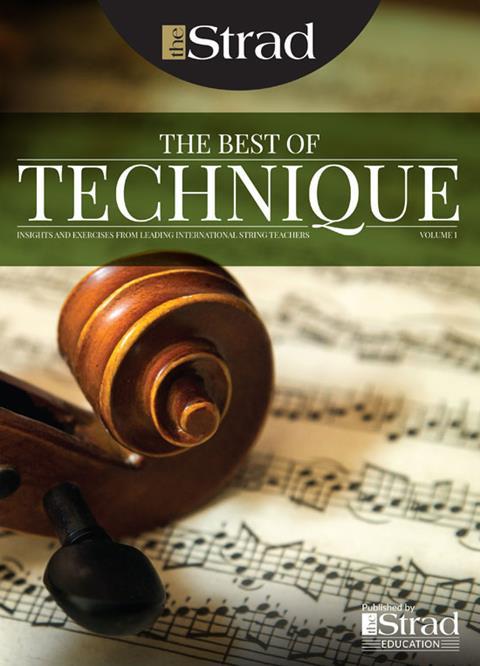
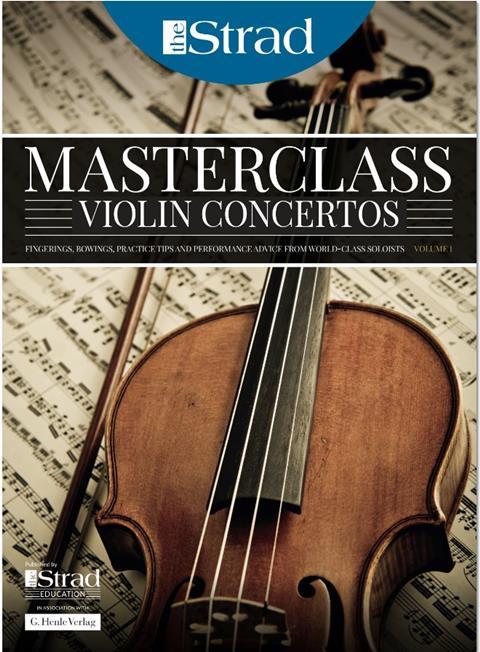
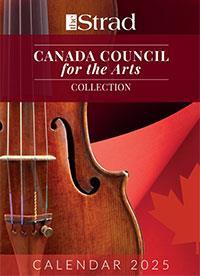
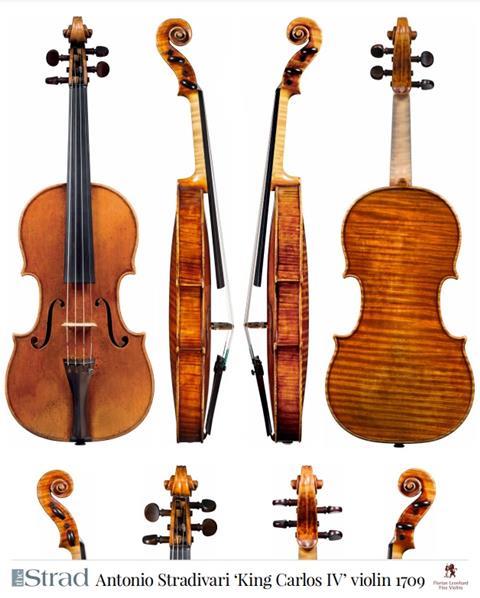
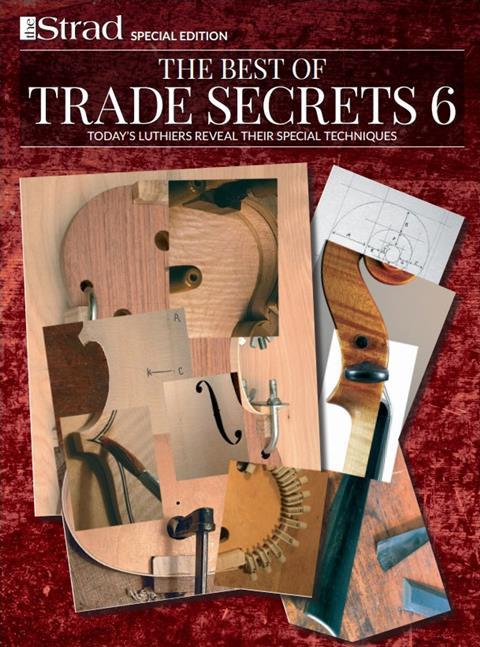
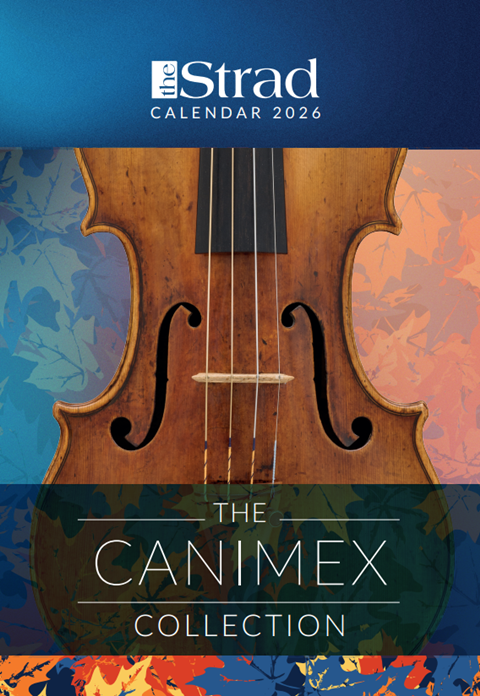
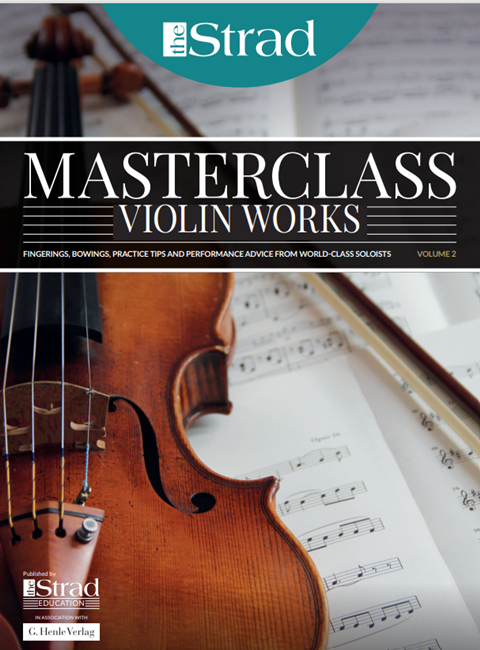
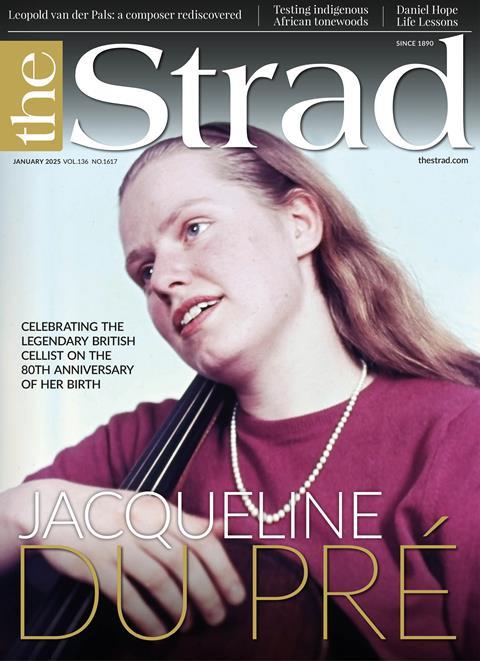
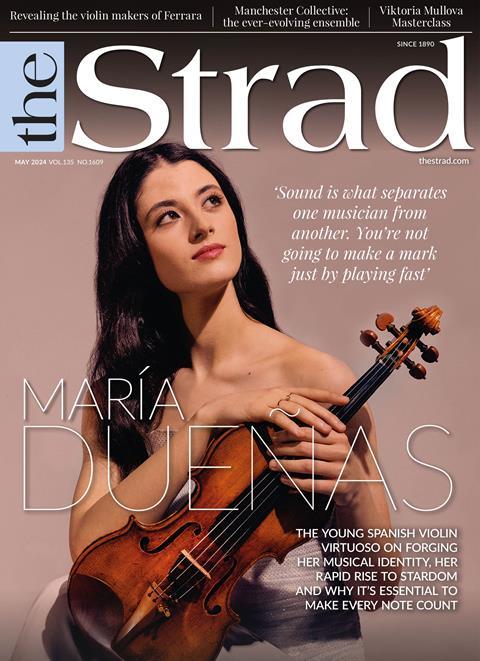
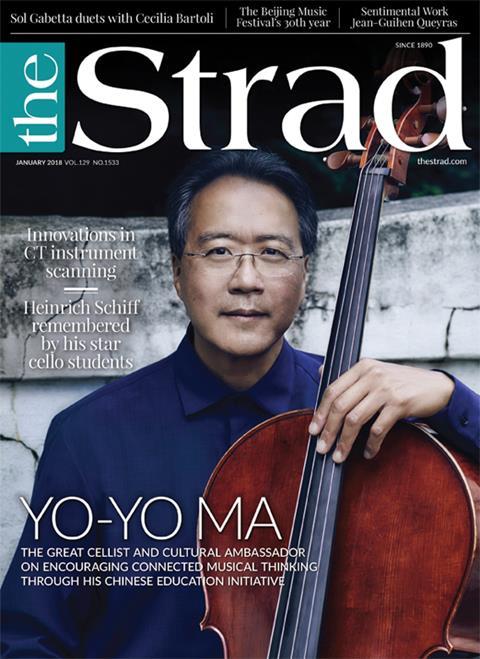












No comments yet